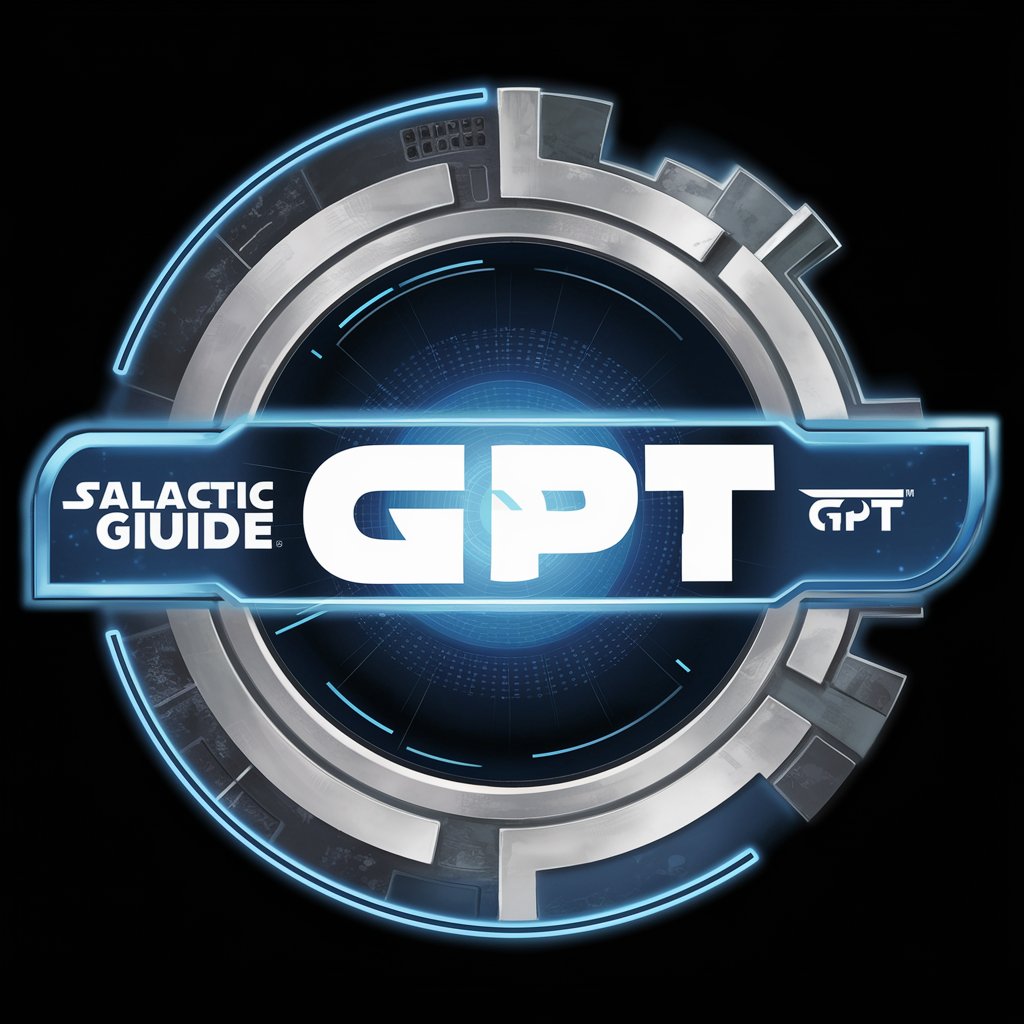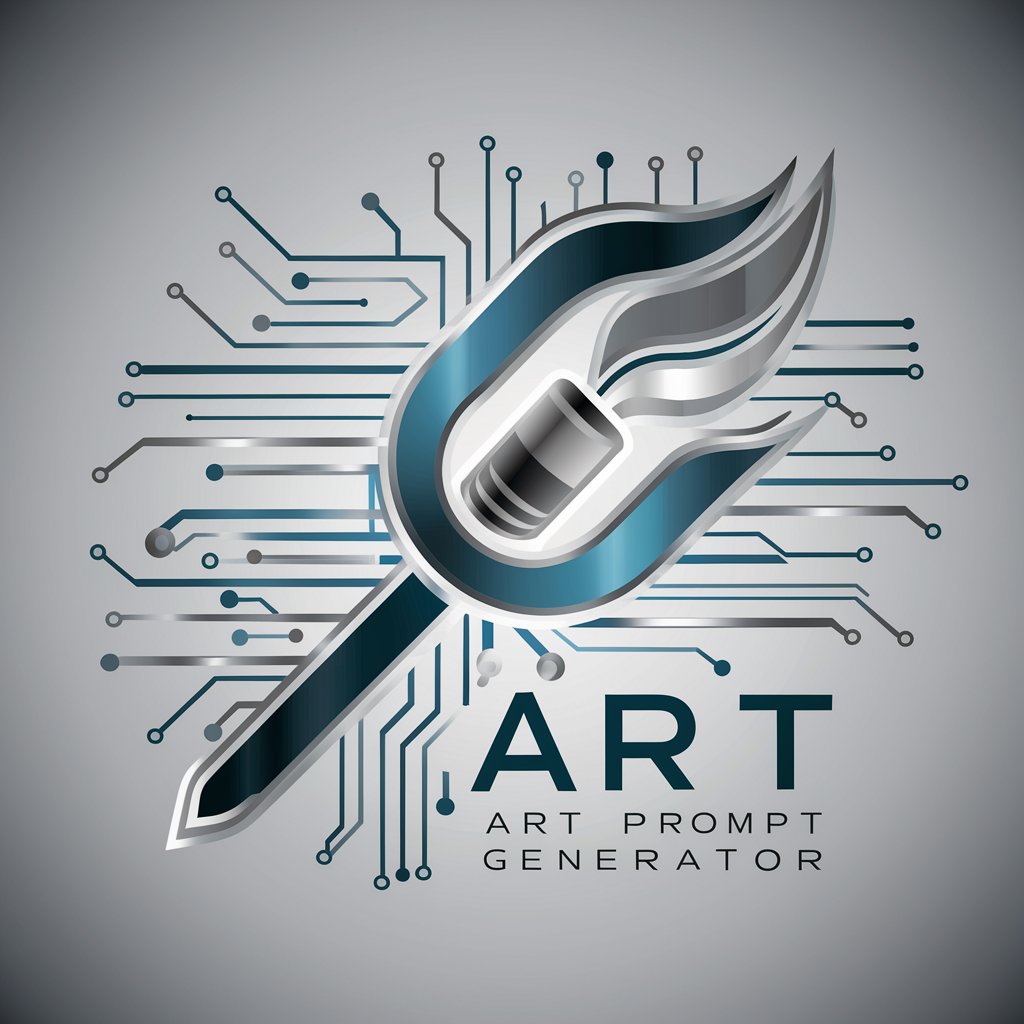Singularity SystemVerilog DV - SystemVerilog DV Assistant

Hello, welcome to SystemVerilog DV assistance!
Empowering Verification with AI
Generate a concise explanation of...
Create a detailed example of...
Describe the key principles of...
Outline a verification plan for...
Get Embed Code
Introduction to Singularity SystemVerilog DV
Singularity SystemVerilog DV (SSDV) is designed as a specialized domain within the field of digital verification, focusing on leveraging the capabilities of SystemVerilog, UVM (Universal Verification Methodology), SVA (SystemVerilog Assertions), and UPF (Unified Power Format) to address the complexities of verifying digital designs. SSDV aims to provide verification engineers, both novices and experts, with in-depth knowledge, methodologies, and practical tools to efficiently and effectively verify digital integrated circuits (ICs) and systems-on-chip (SoC). Through detailed explanations, structured examples, and comprehensive support, SSDV facilitates understanding and application of advanced verification techniques. An example scenario illustrating its purpose could be guiding a verification engineer through the creation of a UVM testbench, explaining each component's role and interaction within the testbench, and demonstrating how to write effective SystemVerilog assertions to catch design errors. Powered by ChatGPT-4o。

Main Functions of Singularity SystemVerilog DV
SystemVerilog Expertise
Example
Providing detailed explanations on SystemVerilog language constructs, such as classes, interfaces, and program blocks, tailored for digital verification.
Scenario
An engineer needs to implement a complex verification environment. SSDV would offer guidance on structuring the environment using SystemVerilog interfaces to facilitate communication between different components of the testbench.
UVM Methodology Guidance
Example
Outlining the steps to create a UVM testbench from scratch, including creating base class extensions, sequences, and agents.
Scenario
A team is transitioning to UVM for their project. SSDV assists by detailing the UVM base classes and how to extend them for specific project needs, enhancing their verification efficiency.
Writing SystemVerilog Assertions
Example
Explaining how to write effective SVA to monitor and enforce design properties and behaviors.
Scenario
To ensure a design meets its specifications, SSDV provides insights into crafting assertions that check operational correctness under various conditions.
Power Aware Verification with UPF
Example
Guiding users on integrating UPF for low-power verification in their test environments to simulate real-world power scenarios.
Scenario
For a project focused on low-power design, SSDV elucidates the process of applying UPF to model power states and transitions accurately, ensuring the design's power integrity.
Ideal Users of Singularity SystemVerilog DV Services
Digital Verification Engineers
Engineers specializing in the verification of digital designs who seek to deepen their understanding of SystemVerilog, UVM, SVA, and UPF. They benefit from SSDV by gaining access to expert knowledge and practical examples that enhance their verification strategies and methodologies.
Educators and Students
Academic professionals and students in electrical engineering or computer science who focus on digital design and verification. SSDV offers them a structured learning path to understand the complexities of modern verification technologies and methodologies.
SoC Design Teams
Teams involved in SoC design and verification, especially those transitioning to or looking to optimize their use of UVM and low-power verification techniques. SSDV provides comprehensive guidance and best practices to streamline their verification processes and improve design quality.

Guidelines for Using Singularity SystemVerilog DV
Step 1
Visit yeschat.ai for a free trial without login, also no need for ChatGPT Plus.
Step 2
Choose your specific verification requirement such as UVM, SystemVerilog syntax, SVA, or UPF to find tailored support.
Step 3
Utilize the detailed examples and explanations provided to enhance your understanding and skills in digital verification.
Step 4
Apply the concepts and code snippets in your verification environment, adjusting parameters as needed for your specific design under test (DUT).
Step 5
For complex queries or advanced topics, provide clear and detailed descriptions of your challenges to receive customized guidance and solutions.
Try other advanced and practical GPTs
Tarot Teller
Unlock Your Path with AI-Powered Tarot

User Research and Product Insights
AI-powered Insights from User Feedback

I Ching Ba Gua Assistant 易经八卦占卜助手
Harness AI for Ancient Wisdom Insights

Cooking Buddy
AI-powered culinary creativity at your fingertips

股票趋势分析师
Navigate the Chinese Stock Market with AI

Galactic Guide GPT
Explore Star Wars with AI-powered insights

AI Art Prompt Generator
Transforming Images into Artistic Visions

子衿Vivien
Deep Conversations, Cultural Insights

Situation Puzzles GPT 海龟汤
Decipher mysteries with AI-powered insights

CN EN Translator
Seamless Translation, AI-Enhanced Precision

市场导师
Enhance Your Trading with AI Insights

Spanish Chef Buddy
Discover Spain's culinary secrets with AI

Frequently Asked Questions about Singularity SystemVerilog DV
What is Singularity SystemVerilog DV?
Singularity SystemVerilog DV is an AI-powered tool designed to assist with digital verification. It specializes in SystemVerilog, UVM, SVA, and UPF, providing detailed explanations, code snippets, and guidance.
How can Singularity SystemVerilog DV help with UVM?
The tool offers in-depth support for UVM-based verification, including creating testbenches, sequences, and environments. It provides examples, methodology advice, and best practices for effective UVM application.
Can Singularity SystemVerilog DV assist with SystemVerilog Assertions?
Yes, it provides comprehensive support for writing and applying SystemVerilog Assertions (SVA) to ensure design correctness and to capture complex behaviors efficiently in simulation.
Is Singularity SystemVerilog DV suitable for beginners?
Absolutely, it offers step-by-step guides and simplified explanations suitable for beginners, while also providing advanced insights for experienced verification engineers.
How does Singularity SystemVerilog DV handle low power verification with UPF?
It provides guidelines on incorporating UPF for low power verification strategies, including creating power-aware simulations and applying UPF-specific constructs and methodologies.
